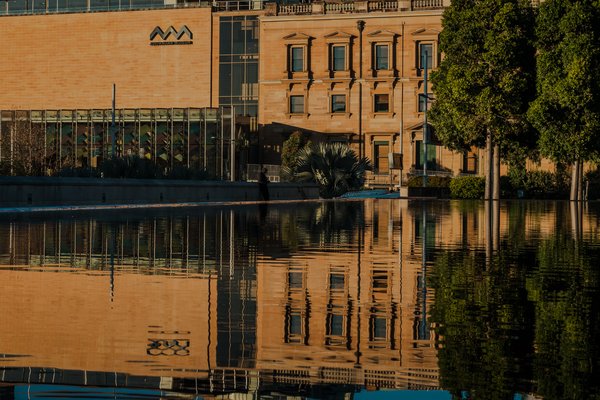Australian animals unit

-
Audience
Primary school -
Learning stage
Early Stage 1, Stage 1 -
Learning area
Creative Arts, English, First Nations, Science -
Type
Learning unit, Learning resources
On this page...
Australian animals are incredibly unique with many of our native animals only being found in Australia. We have over 370 species of mammals, over 800 species of birds including two flightless birds, hundreds of reptiles and amphibians, and thousands of invertebrates and marine animals.
In this unit, students will engage with the diversity of Australian animals, their habitats and the features that help them survive. While there are opportunities to bring students into the Museum, this learning resource can also be used without a visit to our exhibitions.
Through this unit, students will:
- be able to identify some Australian animals and understand that they are those native to Australia.
- understand some of the characteristics, needs, behaviours and the environment in which some Australian animals live.
NSW syllabus outcomes
STe-1WS-S, ST1-1WS-S, STe-3LW-ST, ST1-4LW-S, ENE-OLC-01, EN1-OLC-01
-
Before your visit
-
Acknowledgement of Country
![Gadigal Shield and Statement of Reflection]()
Learn about the importance of an Acknowledgement of Country, and write one for your school.
-
Animals around us
![Laughing Kookaburra]()
Get students outside to observe the animals in their playground or backyard, and then compare the animals they see around them to ones they have seen around the world!
-
What features do you have?
![Platypus, Ornithorhynchus anatinus]()
Complete a short hands-on activity to get your students thinking about their own features, then use the Australian Museum's animal factsheets for a group research task.
-
-
At the Museum
-
Book a free self-led visit
![Exterior of Australian Museum building]()
Book in a free self-led visit to the Museum for your school, and use our downloadable learning resources designed to engage students in our collections and exhibitions.
-
Book an educator-led program
![Primary school excursion]()
Book into our Museum educator-led program Animals in our living world, designed for students in Early Stage 1 and Stage 1.
-
See our exhibitions online
![AM virtual tour banner]()
Can't make it to the Museum? Don't worry, you can access our Wild Planet and Surviving Australia exhibitions online.
-
-
After your visit
-
Reflect on your excursion
![Primary Schools students 200 treasures storytelling session.]()
Use some short reflective exercises to get your students thinking about their visit to the Museum and the animals they saw.
-
Design an animal!
![Swimming with Sharks Summer 2023 school holiday workshop]()
Select an Australian habitat and great creative by using art-making materials to design your own animal.
-
Create your own exhibition
![Spiders exhibition at Questacon (12)]()
Developing your own exhibition gives great scope for cross-curricula and project-based learning as students delve deep into a chosen topic.
-

















